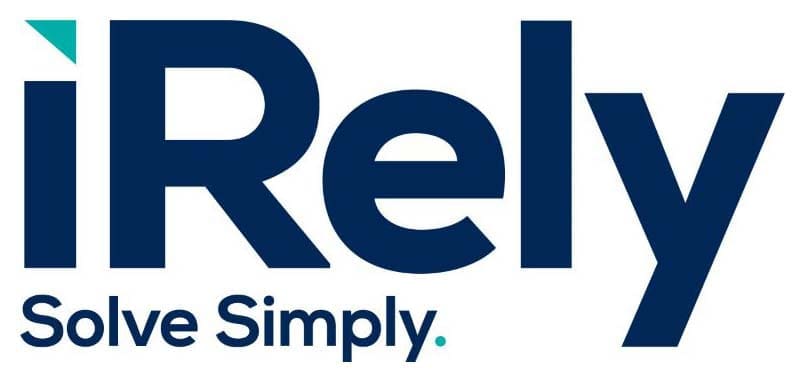The routes your fuel delivery trucks drive have major cost implications for your enterprise. Every mile you put on your trucks costs money – fuel accounts for 30-40% of your cost per mile, and more miles driven leads to increased maintenance and capital outlay for new trucks. The most efficient way to reduce run-outs and off-route deliveries is to optimize delivery efficiency with a software solution.
Developing On-Time Delivery Routes
When you optimize your delivery schedule, you avoid extra miles, decreasing costs. Automated delivery optimization provides a visual route of the recommended delivery orders, allowing you to make informed decisions about where and when to reload. Dispatchers are critical to implementing an optimal, efficient route by scheduling drivers and routes that best fit their location and timetable, while accounting for extenuating factors such as distance, time, terrain and gallons or drops remaining. Route balancing and logistics software can improve your routing and scheduling, exposing overlaps or size/load disparities that disrupt your payroll and increase overtime expenses.
Benefits of Route Optimization
Fuel delivery businesses should always expect a full day’s work from their trucks. While there are sometimes valid reasons to run a truck for part of a day, it should be the exception. There is a minimum fixed amount of cost and time to create optimized routes and maximize your return on investment.
The number of routes/trucks/days needed varies across the seasons. Fuel delivery businesses should route balance to determine those needs and schedule accordingly. Scheduling routes and deliveries can also free up extra drivers, avoiding voids in service and or installation. Back office and mobile technology can provide your drivers with an optimized route, and the ability to track your trucks and their progress, incentivizing drivers to stay on the route and remain on schedule.
By being able to visualize routes, your enterprise can evaluate whether a route adjustment would be more efficient based on factors that include geography, topography, and density. If an off-route delivery must be made, the dispatcher can identify that location and proactively match it with the route that makes the most sense.
Importance of Optimization
Unnecessary mileage can negatively impact your bottom line. This mileage also affects gas usage, repair costs, expected vehicle life cycle, capital expense, payroll, and additional overtime – ultimately reducing the number of stops made and the gallons sold. Make sure your technology maximizes route delivery.
The ultimate goal is to deliver fuel efficiently, not just haul it.
Contact iRely today to learn how we can help you better manage your fuel delivery and route optimization or visit iRely Petroleum to explore our solutions.
